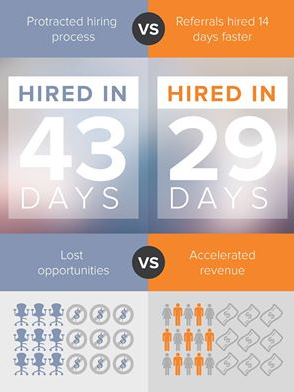As we enter the New Year, take a good look around at your co-workers ! Many of them are likely going to leave to pursue a new job or career. A recent study by the Dale Carnegie Group shows 1 in 4 workers will look for a new job in the next 12 months. Add that to the 15% that are already looking for a new position and you have 40% of the workforce looking to change jobs.
If you are looking to leave for a new job, there are 5 things you should think about first in planning your career.
1. Slow Down, take Time to Plan and Prep.Rarely do you hear an employee landing a new job say “It happened so fast”. Job hiring at many companies is moving slower than ever. Time is on your side, so use it wisely. Make sure you are buttoned up.Clean up and prep your social media footprint; LinkedIn profile, Facebook, Twitter, Instagram, and anything else a recruiter could find on you.Solidify your references and recommendations.Build an effective “Reason for Leaving/Change” Statement and new Elevator Pitch.
2. Write your Career Story
Your career pieces should fit together like a puzzle and form a clear picture for the recruiter. Nothing you have done stands alone. Your education, professional experiences, personal interests and hobbies are all connected. Challenge yourself to weave it together to build a portrait of your career. Do the translation. Clearly articulate how what you have done is relevant to new opportunities. You have the experience and sometimes all you need to do is connect the dots.
3. Bigger the Base, the Taller your Career Pyramid.
The more experiences you have, the larger your career foundation is on two very important fronts:Your personal toolkit. This is your reference point to apply relevant critical thinking to opportunities you are going to find in future roles.Your network. Your next opportunity will likely come from your personal or professional network.
Always be open to entertaining opportunities to move laterally to gain experience. Challenge yourself to get involved in your community. If you have time, find a charitable organization or a cause you are passionate about. You will rub shoulders with all types including that CEO at the company you are wanting to work for. By reframing the environment, you can gain valuable network connections and potentially a resource for friendships for life.
4. You’ll Need Help.
No one can succeed alone. You are going to need mentors, coaches, and champions to ultimately reach your goals. If you don’t have one, find one! When you are talking with them, become a sponge and continuously build on their expertise. In essence, apply what they learn from them to what you learn from others and build off of it. Also make sure you are approachable and vulnerable. If you always play it safe, you will never stretch the boundaries of your framework and it’s your own personal frame that limits your capacity.
5. Quality and Results Matter.Make sure your strengths and biggest accomplishments are transferable. Whatever career you have, it’s critical that you continue to validate your skills.Quantify your results. Everyday you make a difference and a contribution towards something.Catalog it. There will always be a company or an entrepreneur out there that will pay you to do it for them.Recognize change around you and have a bias towards action. In today’s business environment change is coming quickly. If you are standing still, you are moving backwards. Spot trends and know how they are changing the face of your professional world.Look for quality, strive for quality. Whether it be professional experience or education, demand quality. The richer your experience, the more transferable it will be across industry sector and function.
In Summary:
Think about managing your career in a way that you:Start broad and build a wide foundation.Build off your experiences, leverage your network. You will most likely find your next position through your network.Find a coach, a mentor, a champion. Be a sponge and absorb their expertise.Develop transferable skills and be clear on the value you bring to the position and company.














